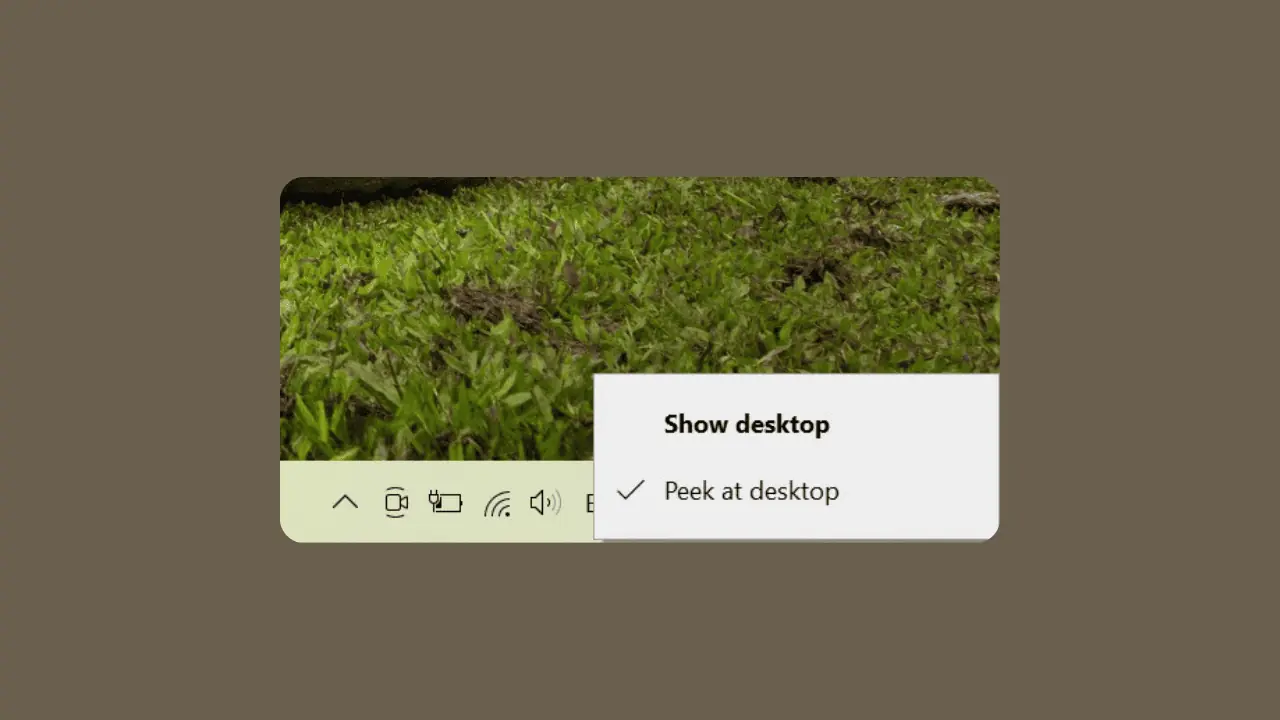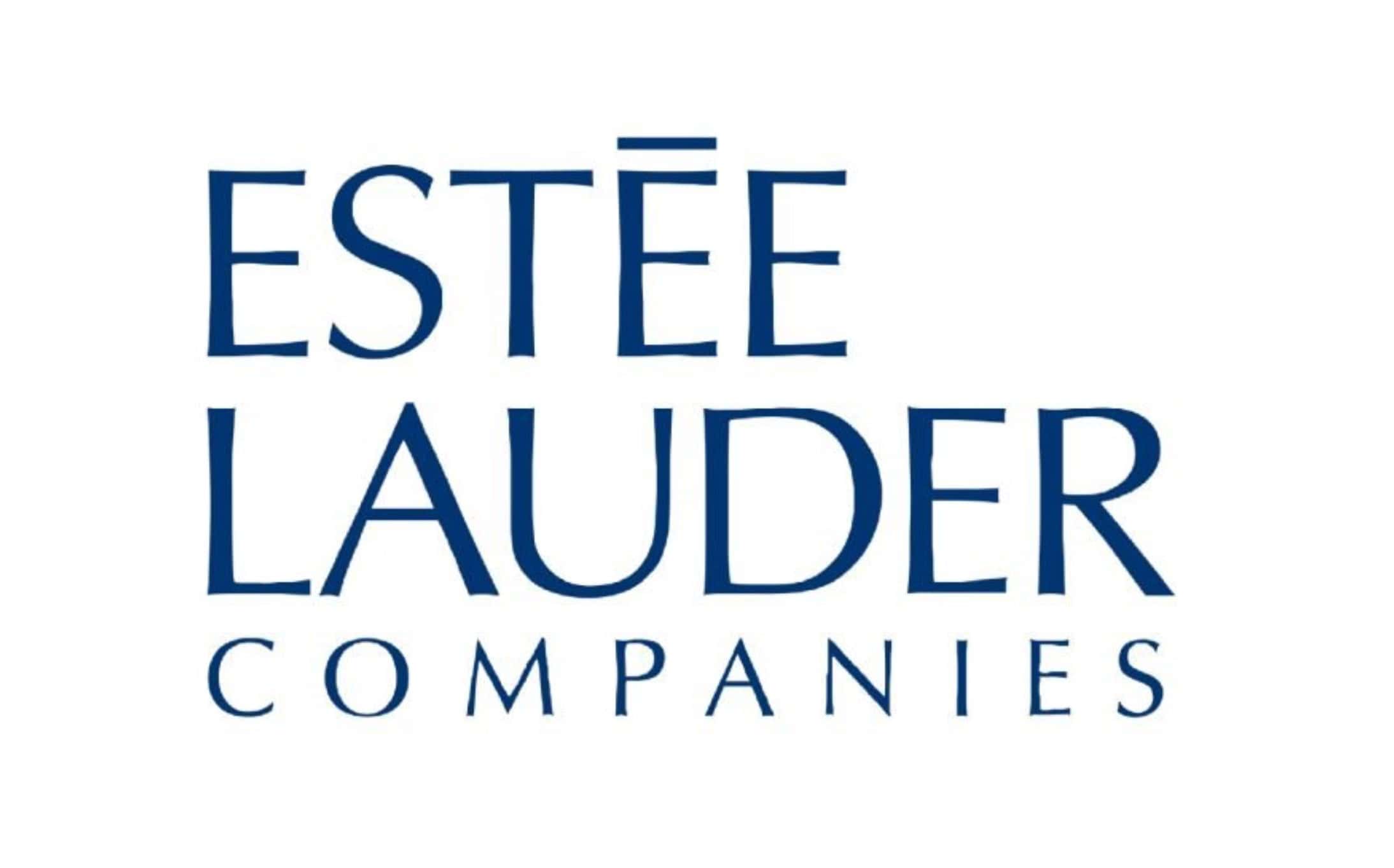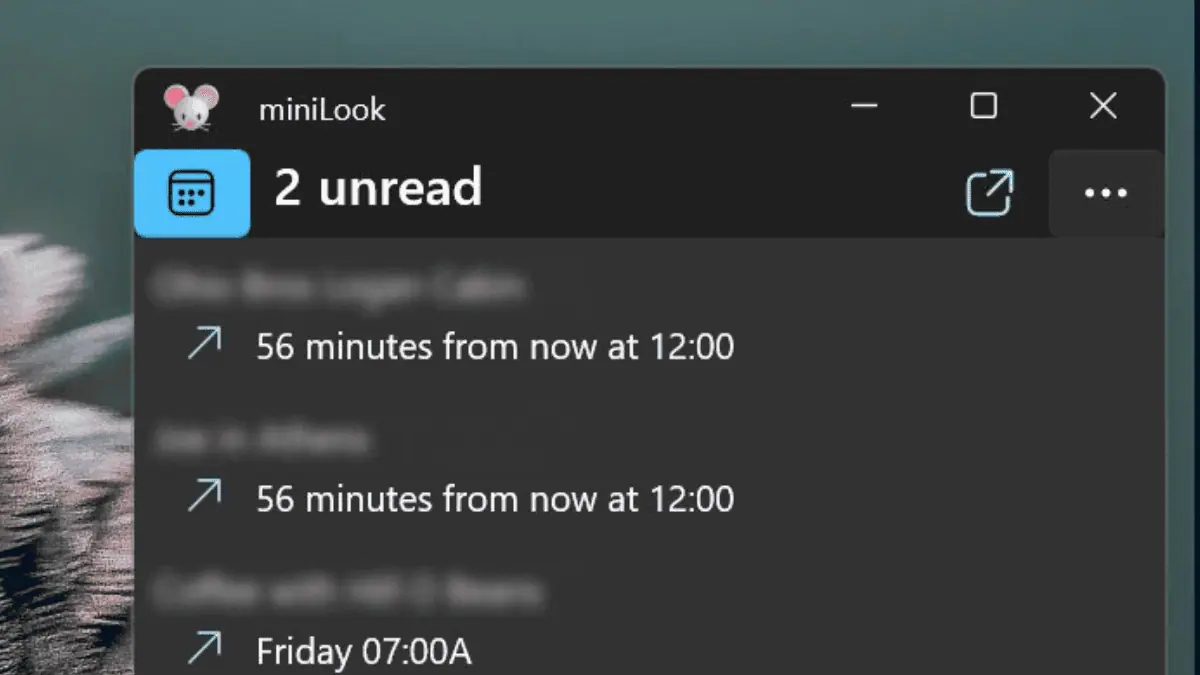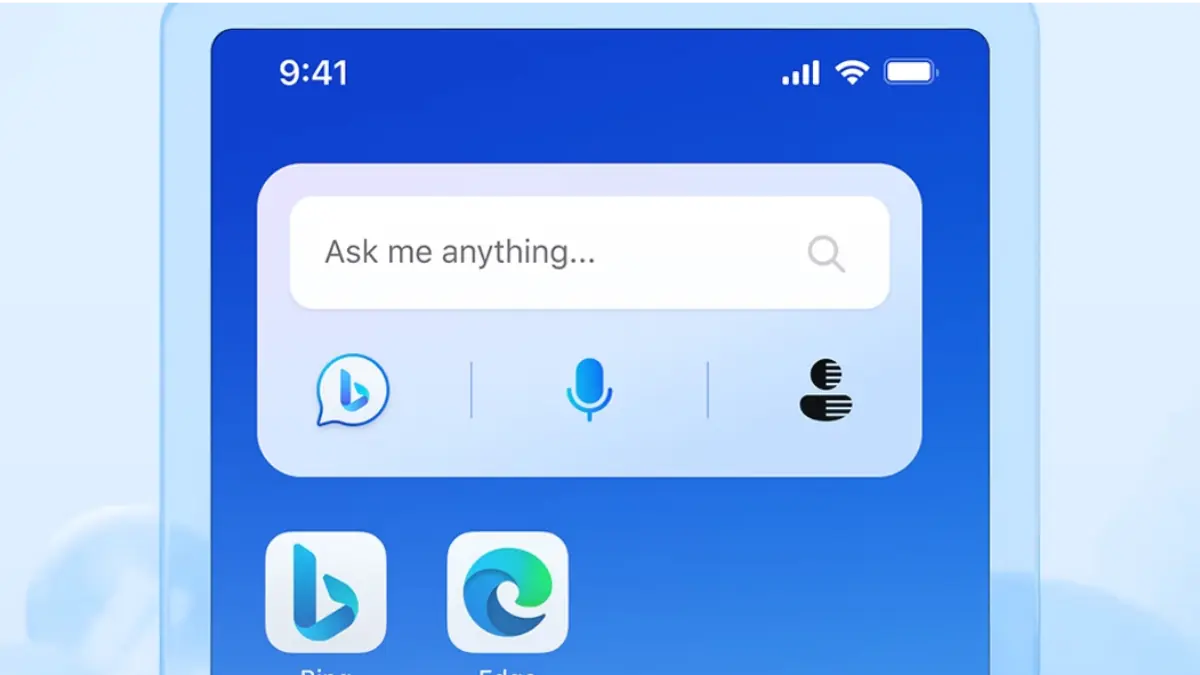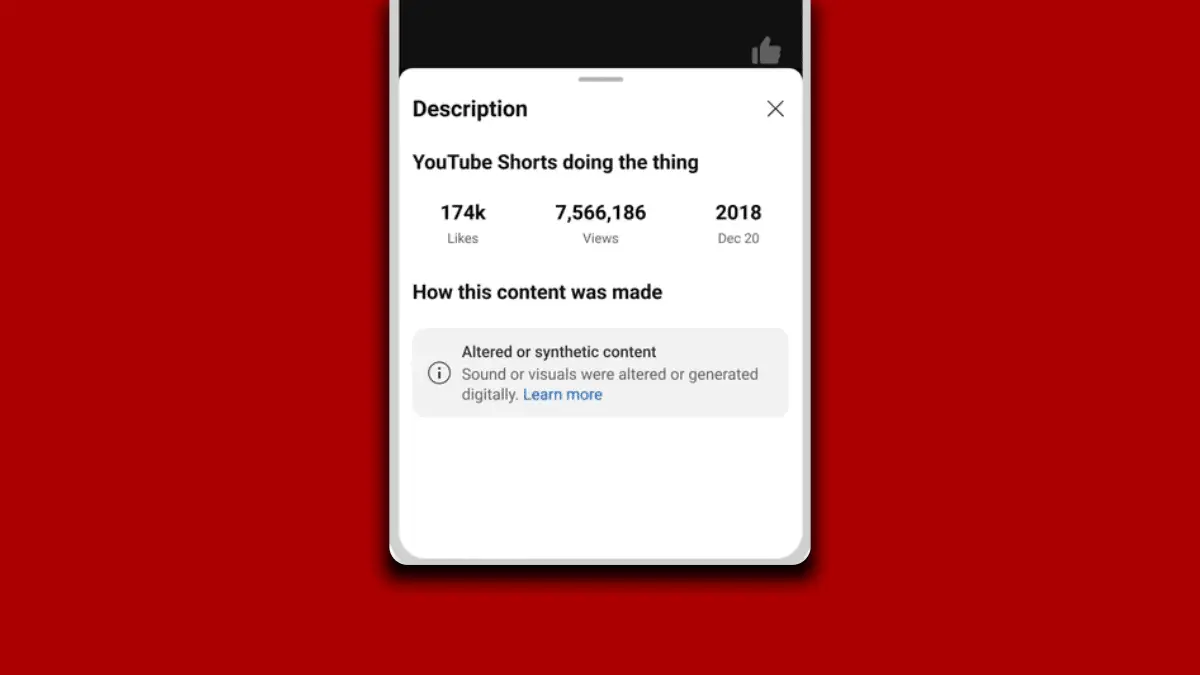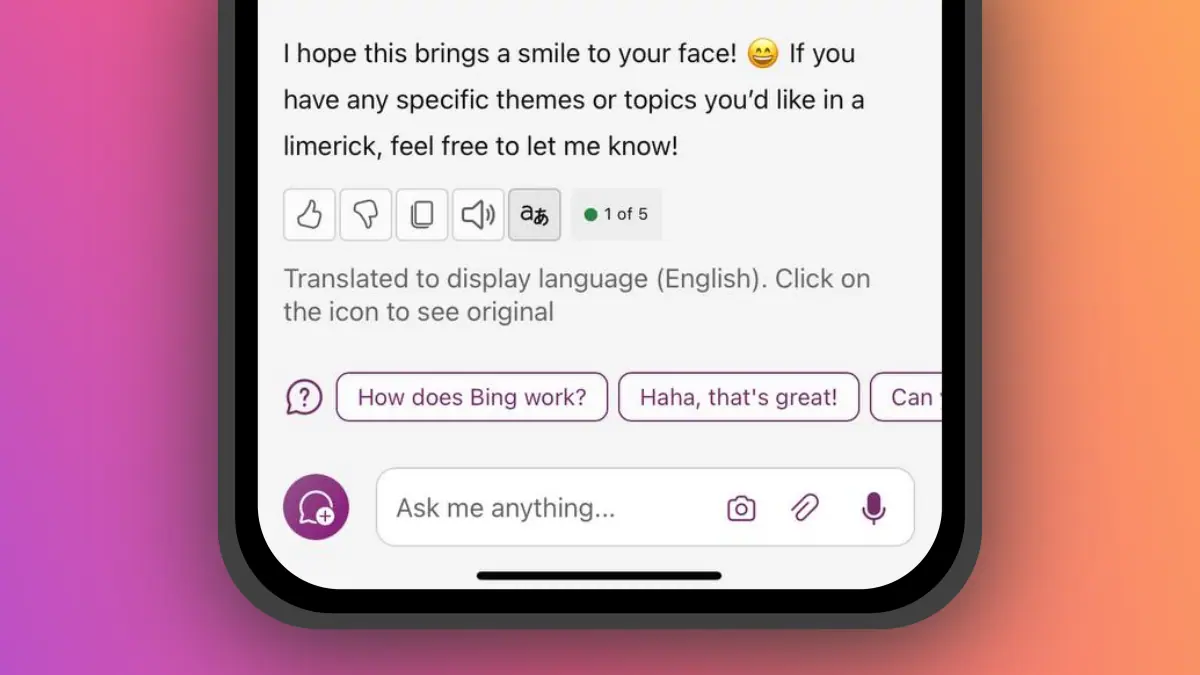Wyndham City Council embrace futuristic technology to aid regeneration
3 min. read
Published on
Read our disclosure page to find out how can you help MSPoweruser sustain the editorial team Read more

One would not normally think of city councils as being at the forefront of technology, but Melbourne’s Wyndham City Council is set to change that perception by embracing one of the world’s hottest technologies, augmented reality, to help plan and visualize development in their borough.
The council created a system called WynLens, based on the Microsoft HoloLens, which lets them superimposes architectural plans over the wearer’s view of the real world.
Dr Adam Mowlam from the City Council said AR is ‘an amazing tool for taking ideas off the drawing board and dropping them into the real world’.
The team is currently using the tool to visualise the proposed revamp of Werribee’s city centre, in Melbourne’s outer west, which is now open to 20 story buildings in an effort to attract local investment.
Their custom system lets the team connect two HoloLens headsets together and take stakeholders on a guided tour of builds in their final location before even a shovel of soil has been turned.
“People get past the novelty of AR surprisingly quickly and recognise it as an amazing tool for taking ideas off the drawing board and dropping them into the real world.”
The team found the platform very flexible, allowing them to easily import pre-existing 3D data, modify models as permitting changes, and get up and running in only a few weeks. The main drawbacks have been limited processing power on the headset, which has meant models needed to be simplified.
“It turns out people don’t care too much about the fine textures of the buildings, because they know it’s not a computer game and it’s not trying to look picture perfect,” Mowlam says. Mowlam hopes to eventually stream models straight from the cloud and also planned to add data such as the stormwater network to allow city engineers to stand in the street and see the underground drains.
Another issue is that the bright Australian sun can wash out the projected holograms, meaning buildings are best visualized on overcast days.
“Augmented reality is such a fantastic way to visualise these kinds of projects and I’m surprised more people aren’t using it to bring their ideas to life.”
WydLens has won several awards including the Department of Infrastructure’s 2017 National Award for Excellence in Local Government. Mowlam is also presenting WynLens at the Smart Cities conference in Barcelona later this year.
“For us WynLens is not just about promoting investment, it’s also the perfect way to illustrate our vision for Werribee to the surrounding residents to ensure that everyone is on board,” Mowlam says.



